Can we control the electrical activity in our brains?
Neuroscientists aim to understand how our brains work and what happens when they are not functioning properly. At the University of Oxford in the UK, Dr Adam Packer and his team are exploring how neurons transmit electrical signals and discovering how they cause us to feel sensations, by manipulating the neural activity in mice. This research has the potential to deepen our understanding of the human brain, paving the way for treatments of conditions such as epilepsy and schizophrenia.
TALK LIKE A NEUROSCIENTIST
Epilepsy — a medical condition in which abnormal electrical activity in the brain causes seizures
Express — the technique of protein expression involves synthesising a protein in a cell
Fluorescence — the emission of light by a substance that has absorbed light
Neuron — a type of brain cell that generates electrical activity
Opsin — a protein that reacts to light
Schizophrenia — a mental health disorder in which a person experiences hallucinations that they believe are real
Spike — an electrical pulse, also called an action potential, generated by a neuron
Stimulus — an event that causes a specific reaction
The human brain is the most complex structure known in the Universe. It contains about 100 billion neurons, all working together to keep you alive and functioning. When you decide to do anything, from swallowing your food to tying your shoe, the neurons in your brain must communicate with each other to make then enact that decision. When you feel the wind on your cheek or the heat of the sun on your face, it is your neurons in your brain that generate the sensation you are experiencing.
We still do not fully understand how our brains function, which is why neuroscientists like Dr Adam Packer are investigating how neurons control processes in the brain and body. In his lab at the University of Oxford, Adam is leading a team of neuroscientists to explore how the neurons in mice control the sensations they feel. By learning how neurons function in mouse brains, scientists can develop a greater understanding of how neurons function in human brains. This will lead to greater understanding, and hopefully treatment, of issues in which the brain does not function as normal, such as developmental disabilities, mental health disorders and degenerative diseases.
How does Adam monitor neural activity in mice?
To transmit information, neurons emit pulses of electrical activity, known as ‘spikes’. Adam measures the electrical activity in the brains of mice using a technique called calcium imaging. “During a spike, lots of calcium ions rush into the neuron,” he explains. “By measuring the concentration of calcium in neurons, we can therefore infer the amount of electrical activity occurring.”
To do this, Adam expresses a fluorescent protein in the mouse’s neurons. The greater the concentration of calcium in the cell, the brighter the protein will fluoresce. By taking an image of the mouse’s brain, Adam can see exactly which neurons were spiking at that instant in time, as these cells will be more fluorescent. He can then determine what neural activity occurs when different stimuli are given to the mouse. For example, he can observe which neurons spike when he flicks the mouse’s whiskers compared to when he strokes its ears.
How does Adam control neural activity?
Adam also uses a technique called optogenetics, in which he artificially generates activity in the mouse’s neurons. To do this, he expresses an opsin, a light-sensitive protein, in the neurons. “In response to light, the opsin allows ions to rush across the cell membrane. This generates electrical activity, as electricity is the flow of charged species,” he explains. “By shining light on the brain, we can therefore artificially activate the opsin-containing neurons and cause them to spike.”
Adam’s all-optical approach
Adam has developed an ‘all-optical interrogation technique’ that combines calcium imaging and optogenetics. “We use calcium imaging to discover what function individual neurons are responsible for, then stimulate these specific neurons using optogenetics, and then record the artificially generated neural activity using calcium imaging,” he explains. For example, he recorded which neurons were activated when he flicked the mouse’s whiskers, and therefore which neurons are responsible for perceiving that specific sensation. He then expressed an opsin in these neurons and shone light on them. This artificially caused the neurons to activate, and so the mouse should have experienced the sensation of having its whiskers flicked, even though no one was touching it.
Adam used calcium imaging to observe that the targeted neurons were spiking. To test whether the mouse was actually experiencing the intended perceived sensation, the mouse was trained to report when it felt its whiskers being flicked.
To do this, Adam taught the mouse to lick a waterspout to its left when he physically flicked its left whiskers and to lick a waterspout to its right when he physically flicked its right whiskers. Then, he shone light on the mouse’s brain to artificially stimulate the neurons responsible for perceiving a flick of either the left or right whiskers. When the optogenetics technique successfully gives the mouse the perceived sensation, it will feel like its left or right whiskers have been flicked, and so it will lick the corresponding waterspout.
How does neuroscience research on mice benefit humans?
“Understanding how brains normally work is critically important for understanding what is happening when brains don’t function properly,” says Adam. If neuroscientists can discover the neural activity underlying perception, this could help treat schizophrenia, a mental health disorder in which people hallucinate and perceive things that are not physically there. If neuroscientists can understand how electrical signals are transmitted between groups of neurons, this could help treat epilepsy, a condition in which abnormal electrical activity in the brain causes seizures.
Adam is now using his all-optical approach to investigate whether optogenetics could be used to treat these conditions. About 70 million people in the world have epilepsy, one-third of which cannot be medically treated, so finding alternative treatments is vital. Adam artificially induces local seizures in mice, then uses calcium imaging to observe how the abnormal electrical activity propagates through nearby brain areas. Using this approach, he has shown that certain neurons fail to hold back the seizure, causing it to spread through the brain.
Once neuroscientists understand how neurons cause epilepsy, they can then try to use optogenetics to prevent abnormal electrical activity in the brain from causing seizures. If they can achieve this in mice, they will then turn their attention to the much greater challenge of applying this in humans. “It is important to consider what the animal will experience during such experiments, and to balance this against the potential rewards of the research,” Adam explains. “If a few mice experience epilepsy but this could save millions of humans from experiencing it, the animal experimentation is considered ethically justified.”
A major breakthrough in optogenetics occurred in 2021, when a group of neuroscientists injected opsins in a human eye and restored partial vision to a person who was completely blind. “We cannot yet make blind people see,” clarifies Adam. “However, this person, who was completely blind, was able to perceive sensations of dark and light. The fact that this is even remotely possible is hugely exciting!”
When optogenetics was first developed in the early 2000s, people did not think it could be used in humans. It sounded like the stuff of science fiction. But this breakthrough demonstrates opsins can safely be used in humans, opening the door to a huge range of possibilities, and providing hope for millions of people living with conditions that, in future, could be cured with optogenetics.
Reference
https://doi.org/10.33424/FUTURUM306
FUN FACT
Adam’s fluorescent calcium indicators are based on green fluorescent protein (GFP), a protein found in some jellyfish that causes them to glow a luminous green. First discovered in the 1960s by Dr Osamu Shimomura, GFP has revolutionised many fields of science. In 2008, Dr Shimomura was awarded the Nobel Prize in Chemistry for his pioneering work, alongside Dr Chalfie and Dr Tsien. Read more about their research: www.nobelprize.org/prizes/chemistry/2008/illustrated-information
 DR ADAM PACKER
DR ADAM PACKER
Department of Physiology, Anatomy and Genetics, University of Oxford, UK
Field of research: Neuroscience
Research project: Using calcium imaging and optogenetics to investigate neural activity in mice
Funders: Wellcome Trust, The Royal Society, European Research Council, Biotechnology and Biological Sciences Research Council
ABOUT NEUROSCIENCE
As the study of the brain and nervous system, neuroscience has the potential to make remarkable breakthroughs that will benefit the lives of millions of individuals. It requires knowledge from a range of disciplines, including biology, chemistry, physics, maths, computer science and psychology, which is why neuroscientists with different areas of expertise work together in teams. For example, in Adam’s lab at the University of Oxford, there are experimental biologists who train the mice and record their brain activity during experiments, data scientists who analyse and interpret experimental data, technicians who maintain the experimental equipment as well as other specialists, each with their own roles. “We all rely on each other,” Adam explains. “You need lots of people with different expertise to work together to answer any one question.”
Why is neuroscience interesting?
“I think what most fascinates me is just how little we know about the brain,” says Adam. This fascination began when dissecting a brain during an introductory neuroanatomy course as an undergraduate student. Adam asked his professor how different types of touch on the skin result in different signals being sent to the brain. “You know what? We don’t completely know,” was the professor’s reply. “You can come to the lab tomorrow and figure it out.” This amazed Adam. “Fundamentally, we still don’t understand how our brains work!”
Why do neuroscientists conduct experiments on animals?
“We cannot understand brains without studying brains,” says Adam. Brains are so complex that, although scientists have tried to recreate them as computer simulations, they can never replicate the complexity of a living brain. Neuroscientists cannot understand all the interconnected functions and processes that occur in the brain without studying real brains. It would be too dangerous (and unethical) to conduct experiments on live human brains which is why mice are commonly used instead.
Conducting research on animals is a contentious ethical issue. In the UK, there are very strict laws in place to safeguard the animals used in scientific research labs. The possible benefits of the research must outweigh any suffering experienced by the animals. “It is considered ethically justifiable to experiment on animals if the research has the potential to help millions of humans,” explains Adam.
Pathway from school to neuroscience
• “Studying all the sciences is useful because neuroscience is quite broad, so you can come at it from many angles,” says Adam. “Having a firm basis in biology is first and foremost. Chemistry is useful for understanding the chemical reactions that happen in cells. Physics provides an understanding of electricity in neurons. And maths explains how groups of cells work together.”
• “Programming or coding is an absolute must,” Adam adds, as the ability to analyse and understand data is crucial for neuroscientists.
• Some universities offer degrees in neuroscience. You could also become a neuroscientist after a degree in biochemistry, biomedical science, computer science, psychology or physics. The British Neuroscience Association (BNA) has a list of neuroscience degrees in the UK: www.bna.org.uk/careers/courses
• To work as a neuroscientist in a research lab, you will usually have to complete a master’s or PhD after your undergraduate degree.
• If you want to apply neuroscience in a clinical setting as a neurologist or neurosurgeon, you will have to complete a medical degree and qualify as a medical doctor.
• The University of Oxford organises the UNIQ summer school, allowing students from UK state secondary schools to experience university life and sample different undergraduate courses, including biomedical sciences: www.uniq.ox.ac.uk
Explore careers in neuroscience
• Neuroscientists study the brain, usually working in research labs at universities or biotechnology institutes. You could also apply your skills in a clinical setting as a neurologist or neurosurgeon (medical doctors specialised in diagnosing and treating brain conditions).
• The BNA has a wealth of resources about careers in the field, including FAQs, tips on finding neuroscience work experience and an informative guide for school students: www.bna.org.uk/careers
• This video from the BNA about ‘Careers in neuroscience (and beyond!)’ is packed with information on what it’s like to be a neuroscientist: www.youtube.com/watch?v=22wTaLje9ew
Meet Huriye and Sarah, neuroscientists in Adam’s lab:
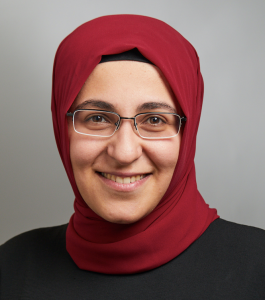
Dr Huriye Atilgan
Postdoctoral Fellow, University of Oxford, UK
Field of research: Neuroscience
When I was younger, I wanted to be an astrophysicist and explore space. It was the remarkable similarity between the brain and space that inspired me to become a neuroscientist. It is sometimes hard to distinguish images of the brain from images of the Universe! After recognising this, my interest shifted from space to the brain. I love exploring the space-like structure that makes us who we are.
I am currently exploring the role of the claustrum, a puzzling brain structure that has an extensive connection to other areas of the brain. It has been linked to many functions, such as sensory integration, sleep and consciousness, but we still don’t know exactly what the claustrum does! I am currently exploring whether the claustrum has a role in neural signal processing.
I like the challenge of learning something novel and adapting techniques to explore the unknown. Each project is a long journey and, although there are plenty of boring stops along the way, there are many joys and a lot of excitement in research. The challenges of how to conduct experiments, the novelty of collecting unknown data and the curiosity to uncover what the data mean keep me motivated.
My graduate research focused on how visual cues can be used to help people hear better in situations when listening is difficult. I am proud of this work because it has a clinical application and will help people with hearing difficulties. In the future, I would like to develop different multidisciplinary methods for answering complex questions about neural circuits.
My favourite fact about the brain is that it is highly dynamic – adaptation, compensation and plasticity in neural circuits are fascinating.
Huriye’s Top Tips
1. Be bold and have the courage to try whatever you want to do.
2. Don’t be discouraged by self-doubt or the prospect of failure.

Sarah Armstrong
PhD candidate, University of Oxford, UK
Field of research: Systems neuroscience
I was interested in technical things like computers and coding from a fairly young age. I also enjoyed making stop-motion animations and playing the guitar.
An interest in science came late for me. I think this is because school taught science as a collection of facts rather than as a process of understanding the world and solving exciting problems. Exposure to unsolved problems sparked my curiosity. The first was coming across theories of consciousness in English literature and the second was learning about schizophrenia in a psychology class. I was shocked at the lack of effective treatments for mental health problems and thought that research in neurobiology might help.
I am currently trying to understand how the brain learns. As we get better at a task, how are the neurons in the brain changing, and what causes them to change? With computers, I use machine learning and artificial neural network models to understand how different learning algorithms might change the brain. Then, I use calcium imaging to look for specific changes in the neurons of mice as they learn tasks.
I am proud to have presented some of my research, which used mathematical methods I have learnt during my PhD, at a conference. I didn’t take maths A-level at school, so I never thought this would be possible. It felt surreal talking about that work with well-known professors in the field.
My role in the lab allows me to learn transferrable technical skills which will open more career options. The programming and data analysis are my favourite parts of my project, so I think I would like to try a career in data science. In the future, I’d like to use science to make a positive impact in the world – in health, technology or tackling climate change.
Sarah’s Top Tips
1. Get research experience as early as you can.
2. Learn to code. There are tons of free online courses in python programming that you can explore. It helps to learn coding while working on projects so you can apply the skills while learning.
Do you have a question for Adam, Huriye or Sarah?
Write it in the comments box below and Adam, Huriye or Sarah will get back to you. (Remember, researchers are very busy people, so you may have to wait a few days.)



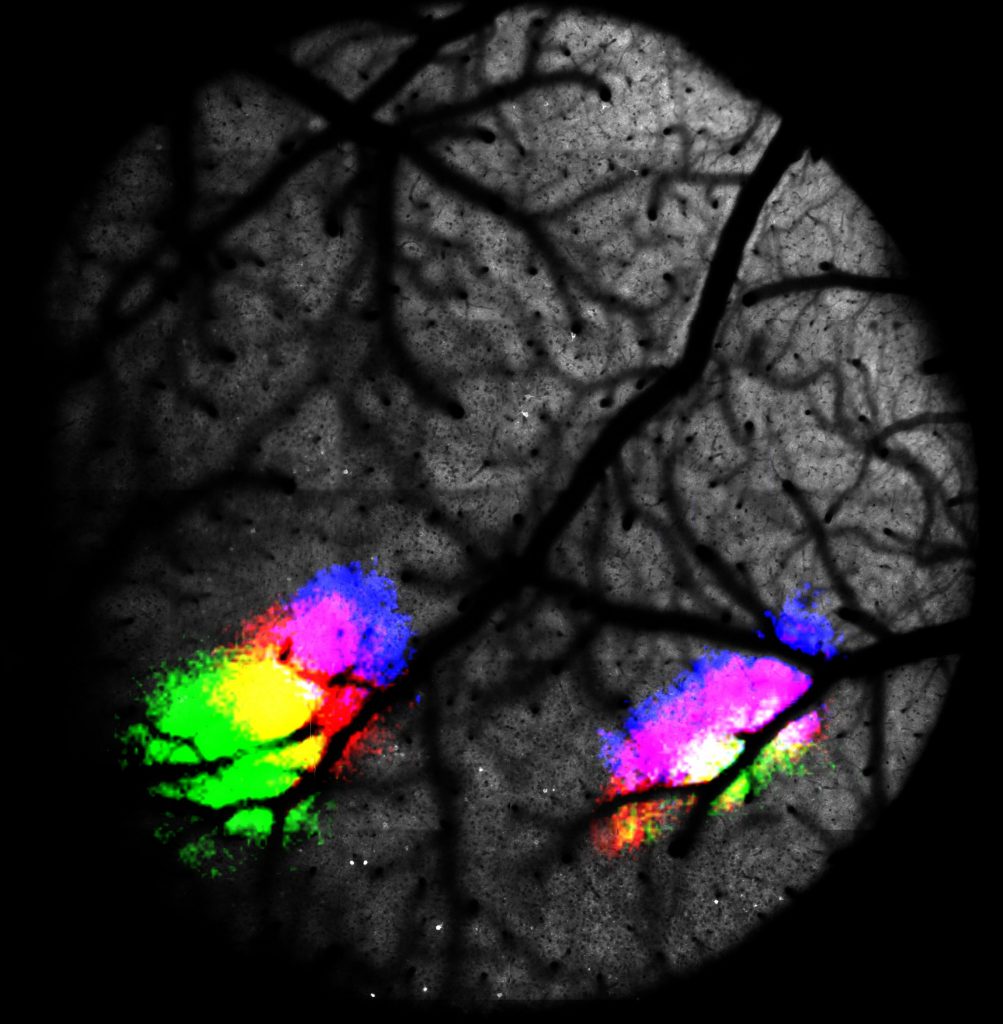
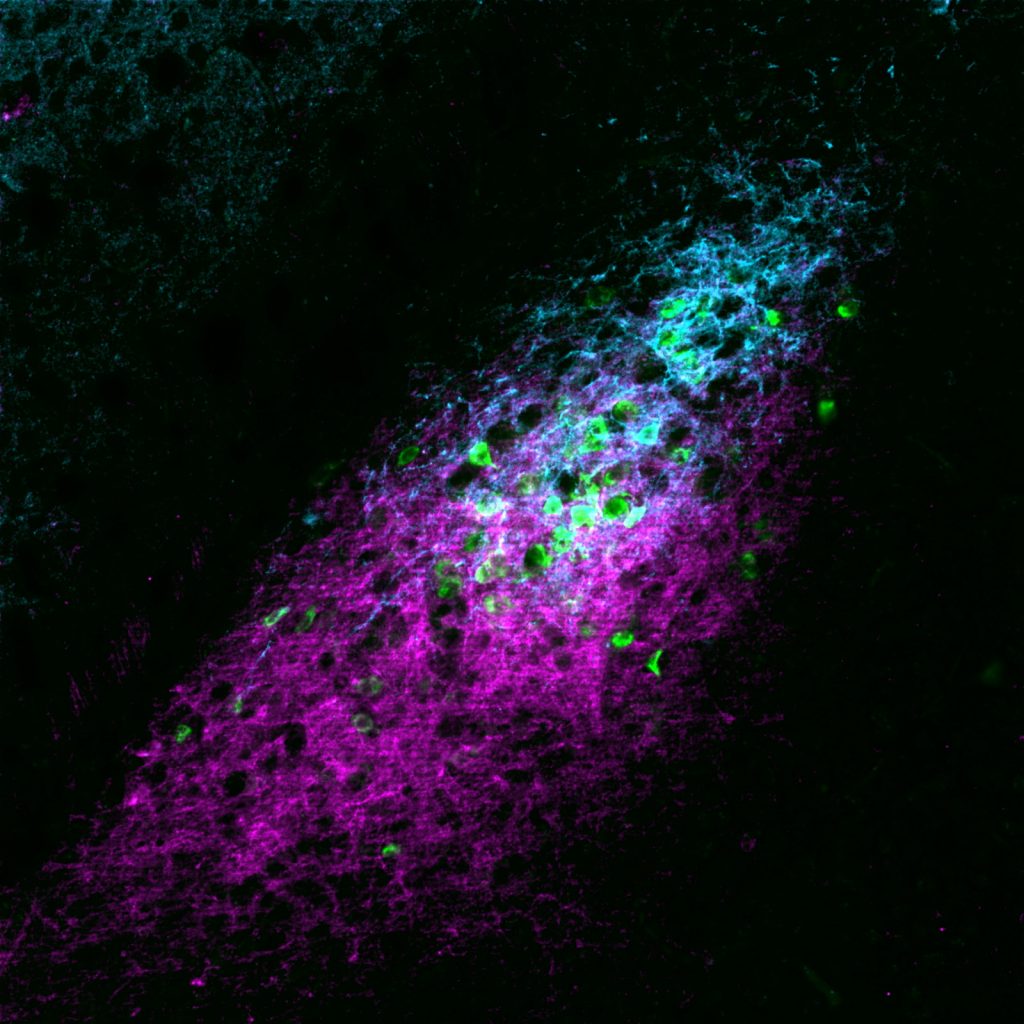
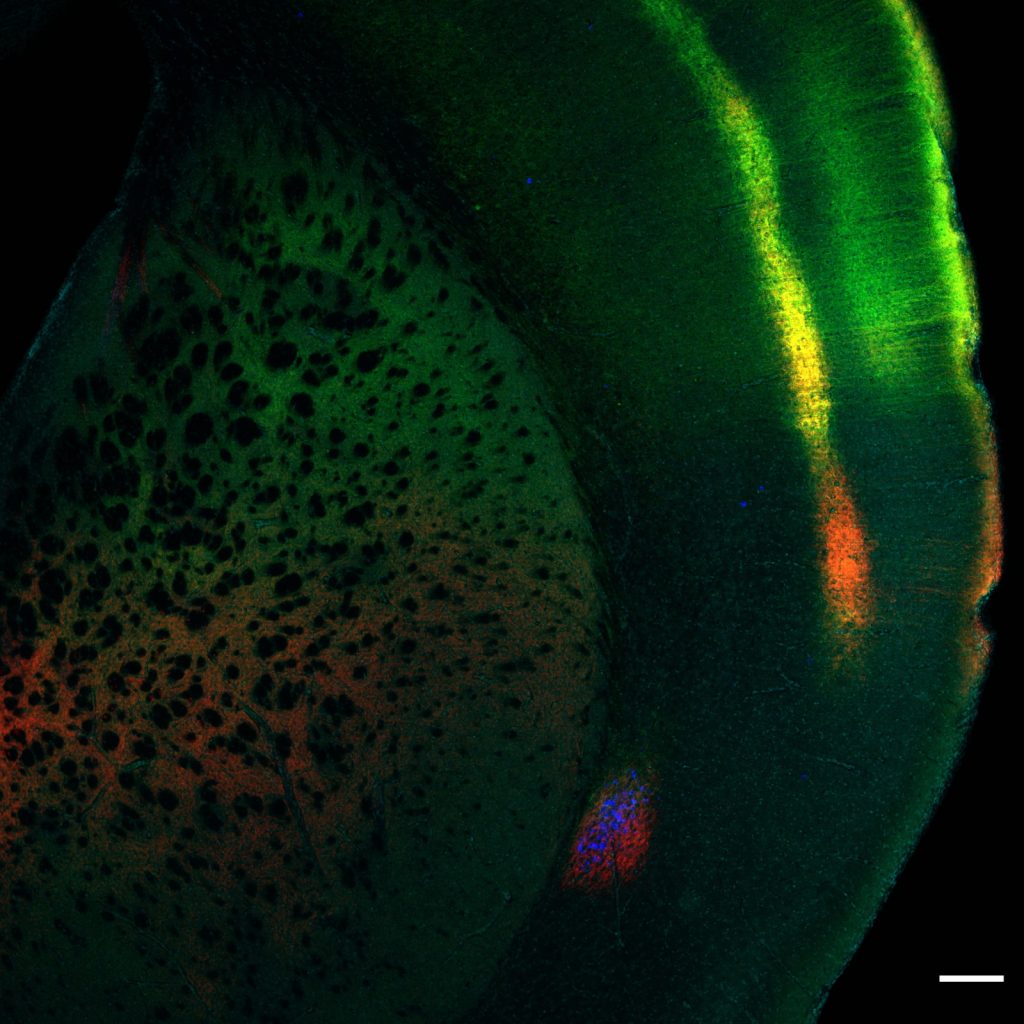

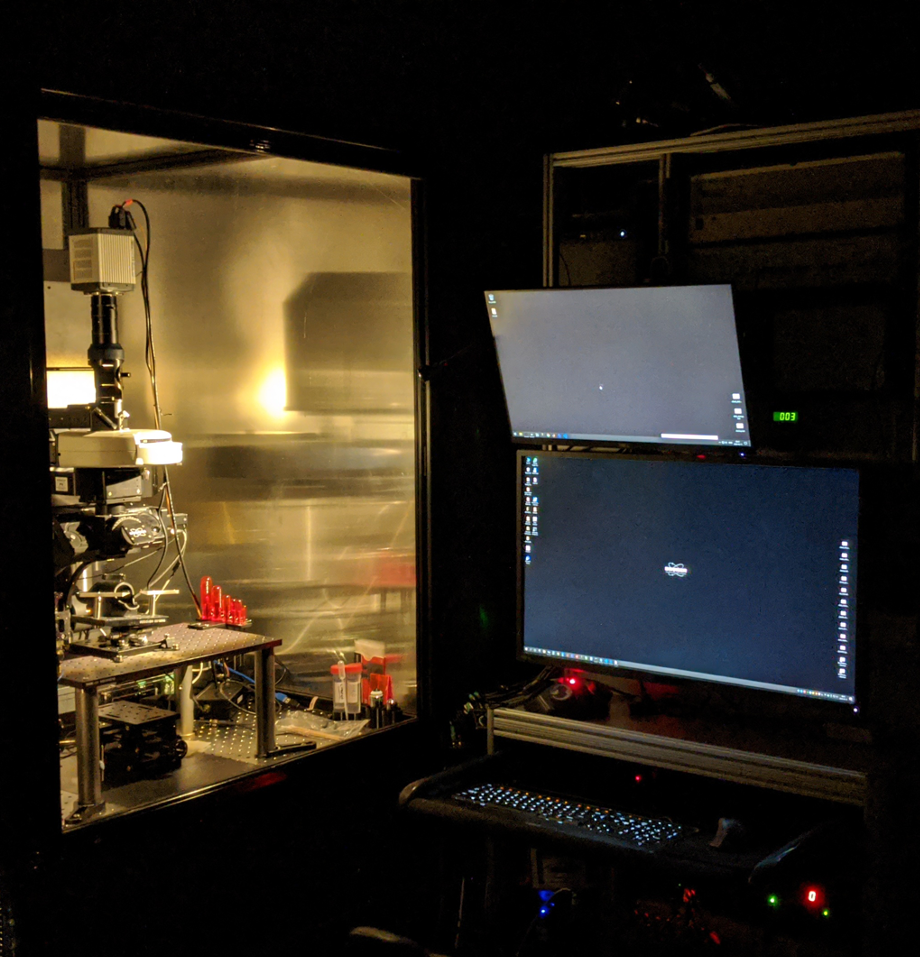





Sir can I use flashing light to my kid when he develops aura before manifesting electrical activity to break up that inducing seizures.. kindly reply sir when free.. we will be waiting .. thank you so much sir